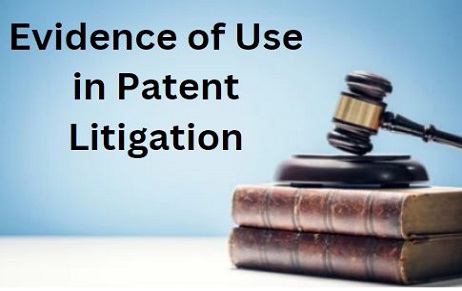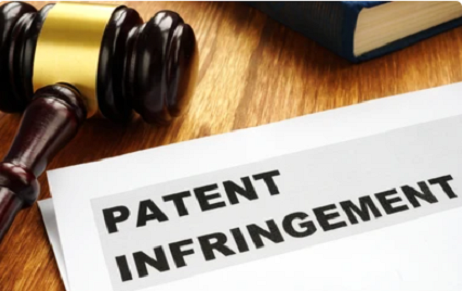All over the world today businesses strive for growth by maintaining a competitive edge in…
Greif & Technocraft
The case is all about a mech. patent granted in Europe in 2008. The Proprietor (Applicant) Grief International Holding B.V is holding the Patent EP 1467922 (‘922). The Patent relates to an improved container closure plug having a unique gasket retaining feature. Interestingly, Technocraft Industries, a company based out of India filed an Opposition in the year 2009 to revoke this patent.
Technical Aspects of the Invention:
The present invention in question provides a closure plug that overcomes the problem of sealing gasket gripping and looping persisted in the available art. Particularly, the Independent claim of the present invention is given below:
1. A closure plug formed with
i) a cylindrical side wall having an external helical screw thread,
ii) a circumferentially enlarged rim,
iii) an angular gasket seat immediately under the plug rim; and
iv) a continuous circumferential radially outwardly extending gasket retaining lip below the plug gasket seat,
characterized in that:
v) the gasket seat flares radially outwardly and upwardly directly from the root of the gasket retaining lip to meet the plug rim.
From the above claim, it is clearly seen that the subject matter as described and claimed involves a closure plug that has a cylindrical side wall, an enlarged plug rim, an angular gasket seat and a gasket retaining lip.
Opponent Contention:
The Opponent Technocraft cited six new prior arts to destroy the novelty and the inventive step of the claim in question. But during the oral proceedings, Opponent majorly used D5: US 3, 255, 916 Patent (‘916) as his powerful weapon. The opponent contested that the subject matter present in the ‘916 patent reads the claim elements (feature i – iv) of ‘922. Opponent further argued that gasket seat 19 from the figures 1 – 3 of ‘916 patent shows a gasket seat that flares radially outwardly and upwardly from the root of the gasket retaining lip to meet a plug rim. Opponent finally argued that the word “directly” in the characterized portion is not clearly defined in the specification (patent in question) and further suggested the figures 1 – 3 of ‘916 patent shows like the arrangement as claimed in the patent that is in question.
Also, Opponent further cited two prior arts D3 (DE 44 40 852) and D8 (US 4, 768, 677) and merely stated that these prior arts destroy the novelty of the claim in question.
Opponent further cited D8 ‘677 Patent for destroying the Inventive step of the Invention.
Further, the Opponent cited the prior art combinations (D8 + D10) and (D8 + D9) and argued that even if the claim is novel in view of the prior art, it cannot be based on the Inventive step.
[D9: US 1, 964, 603 & D10: DE 810, 413]
Oral Hearing (Feb, 2010):
It is noteworthy to mention that the Proprietor consistently, during the opposition, said that none of the prior arts describe and disclose a gasket seat that flares radially outwardly and upwardly directly from the root of the gasket retaining lip to meet a plug rim. Further, Applicant argues, it is not obvious to a person skilled in the art to combine the prior arts as argued by the opponent.
As a last bomb, the Proprietor in the oral proceeding clearly argues that flaring is the solution to the problem of gripping mentioned in the description and that the seat directly flaring from the root of the lip provides an increased area of contact between gasket seat, as mentioned in the patent, aiding in the solution of the technical problem.
The Chairman who presided the Oral Hearing said that the Opposition division has decided to reject the opposition and to maintain the patent as granted
Take-a-ways from the Author:
The case that was related in this blog reminds us simple things but very clearly. First of all, it is not the number of prior arts cited but the mapping of each claim elements along with its function is required. It also reminds us that the innovative elements along with its function should be explicitly described and claimed in any patent application. Further, in the mechanical invention, keeping the Prior art combinations to a minimum level and citing a prior art that maps the patent in question, by virtue of its function will be greatly rewarded.
REF: Europe Patent Office.
Author – Veera Raghavan Rajendran,
Patent Specialist, IIPRD.
The Author of the Blog can be reached: [email protected].


